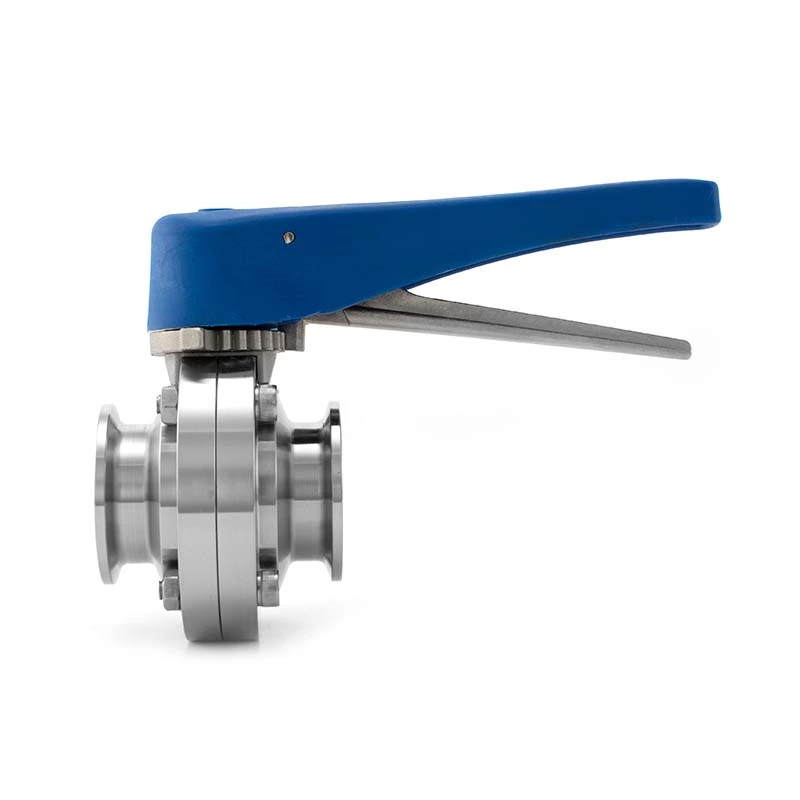Function And Application Scope Of Electric Sanitary Butterfly Valve
Sanitary Butterfly Valve is widely used and suitable for flow regulation. Because the pressure loss of butterfly valves in pipelines is large, about 3 times that of gate valves. Therefore, when selecting butterfly valves, the influence of pressure loss on pipeline systems should be fully considered, and the firmness of butterfly plates to withstand pipeline medium pressure when closed and the limitation of working temperature that elastic valve seat materials can withstand at high temperatures should also be considered.
The structural length and overall height of electric sanitary butterfly valves are relatively small, the opening and closing speeds are fast, and they have good fluid control characteristics. Its structural principle is suitable for making large-diameter valves. When butterfly valves are required to control flow, it is important to correctly select the size and type of butterfly valves so that they can work more effectively.
Usually, in throttling, regulating control and mud media, short structural length and fast opening and closing speed are required. For low-pressure cutoff, butterfly valves are recommended.
Electric sanitary butterfly valves can be used in double-position adjustment, constricted channels, low noise, cavitation and gasification, small leakage to the atmosphere, and corrosive media.
When using butterfly valves for throttling adjustment or strict sealing under special working conditions, or under conditions of severe wear and low temperature, it is necessary to use three-eccentric or double-eccentric butterfly valves with metal seals and adjustment devices.
Electric sanitary butterfly valves are suitable for fresh water, sewage, seawater, salt water, steam, food, medicine, oil products, various acids and alkalis and other pipelines that require sealing, gas leakage, high life requirements, and working temperatures between -10-150 degrees.
